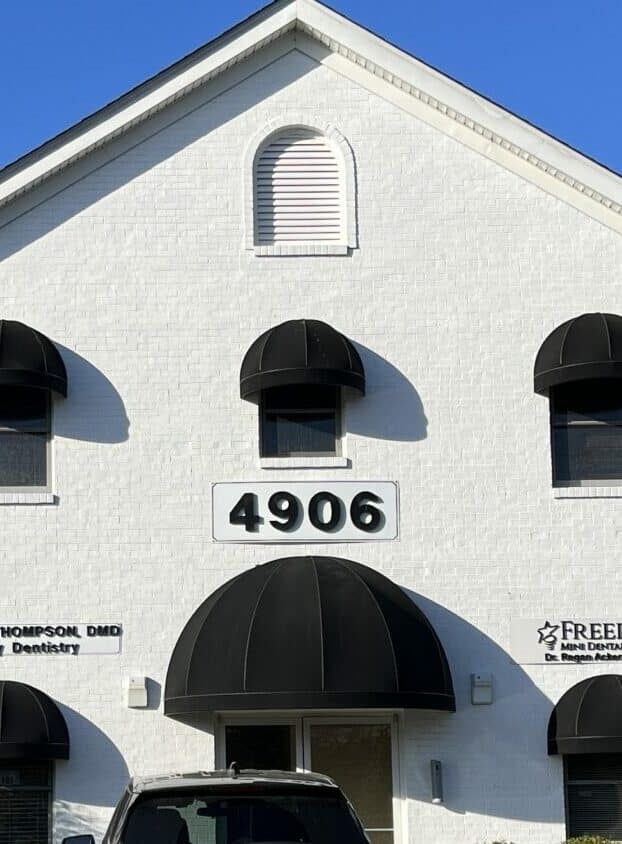Mini Dental Implants and Their Benefits
Have you been told you cannot have regular teeth implants? Probably you don’t have enough bone mass or have a condition that prevents the dentist from considering the implants. Mini dental implants are less invasive and require less bone mass and space. Anyone — of all ages — can have mini implants.
Traditional implants take several months to heal and require many visits to the dentist’s office after they are placed to finally restore one tooth. You can have the mini implants placed in Lexington, KY within a day, and unlike traditional implants, you can go on to enjoy your food almost immediately. Mini implants can also restore one, several, or all teeth without stitches, incisions, or surgery. If you are budget-conscious, mini dental implants cost much less, sometimes half the traditional implants’ price. The implants don’t require any special care, but they remain healthy and beautiful with regular brushing and flossing, restoring functionality and your smile.
Interested in getting mini dental implants near Lexington? Call Freedom Dental Implants today to schedule a consultation.
About Lexington, Kentucky
Lexington, the second-largest city in Kentucky, is considered the United States 28th largest city by land area. It’s famously known as the Horse Capital of the World. In 2019, the city’s population was 32,3152, making it America’s 60th largest city by population. Lexington, Kentucky, is the county seat of Fayette County and has a non-partisan mayor-council government. Seventeen years before Kentucky became a state, William McConnell, together with his party frontiersmen named Kentucky. As they camped at the Middle Fork of Elkhorn Creek, they heard the news that the colonists had won Lexington and Concord’s Battles. This was on April 19, 1775. William McConnell gave the region he had camped in the name Lexington, in remembrance of this victory.
Lexington, the wealthiest town in Kentucky, operates a busy market life on the city’s main streets. Lexington’s Fayette metro area, the second-largest metro area in Kentucky, includes five counties, Clark, Bourbon, Scott, Jessamine, and Woodford. The city covers 739 km2, out of which 0.35% is covered by water. Horse farms are the main attraction in the town, giving it an identity. Earlier on, the city contended with rapid population growth, threatening the horse farms occupying the rural areas. To protect the land and the heritage, Lexington raised the first urban growth boundary in 1958.
Lexington boasts of a stable economy with a mix of businesses covering manufacturing, entrepreneur, and technology fields. Lexmark International, Xerox, IBM, and Lockheed-Martin offer the most job opportunities in Lexmark. Xerox employs over 3000 workers.
The city is famous for horse racing, with The American Thoroughbred Breeders Association having its headquarters here. The city has over 100 parks, which vary in size, two horse racing tracks, and five public golf courses. It has a 734-acre nature preserve on the Kentucky River Palisades, the Raven Run Nature Sanctuary. In 2019, Forbes included Lexington, Kentucky, in the 25 best places to retire.

